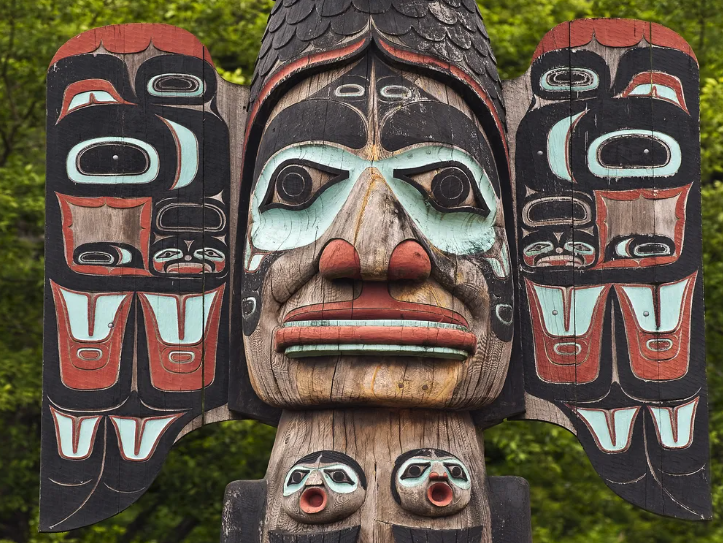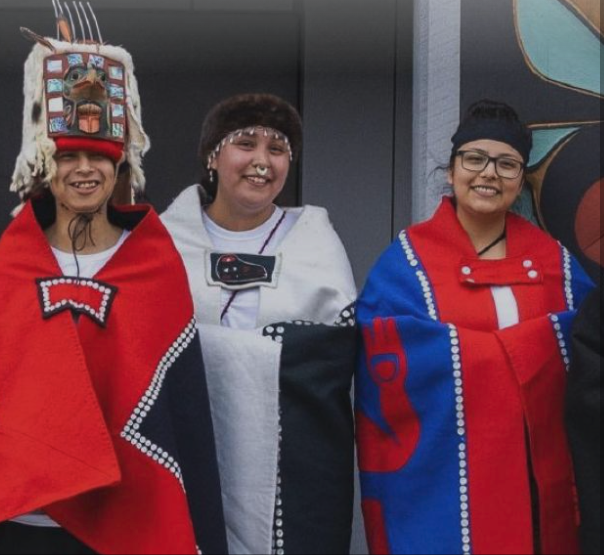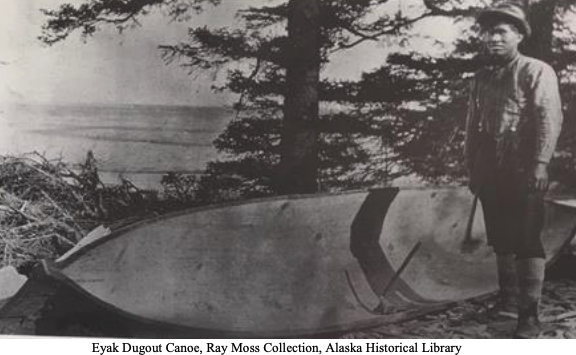Alaskan Culture
Alaskan Artisans
Ketchikan, Alaska is a beautiful port city that is on the itinerary of many major cruise lines. The history of native Alaskans spans over 10,000 years and is rich and diverse. Ketchikan has several historical museums and sites. One such location is Totem Bight State Park, which includes several totem poles and a restoration center. Ketchikan currently has the world’s largest collection of standing totem poles. The current count is 80.
The phrase “low man on the totem pole” is not symbolic of its origin. The totem pole records an occurrence in history. If it were a book, page one starts at the bottom and the last page is the top of the totem pole.


Alaskan Natives
Native Alaskans lived from the land for hundreds of years before it became the 49th state of the United States. Their language and culture are unique within each community. The Tlingit, Inuit and Aleut are a few of the many communities of native Alaskans.
In Harmony with Land and Ocean
The Tlinget, Haida, Tsimshian and Eyak natives relied on the oceans and rivers for sustenance and transportation. The Eyak natives were known for building large canoes for hunting and transportation. The Tlingit and Haida natives relied on a diet of salmon as their primary food source. Even today, Ketchikan is known as “The Salmon Capital of the World“.
